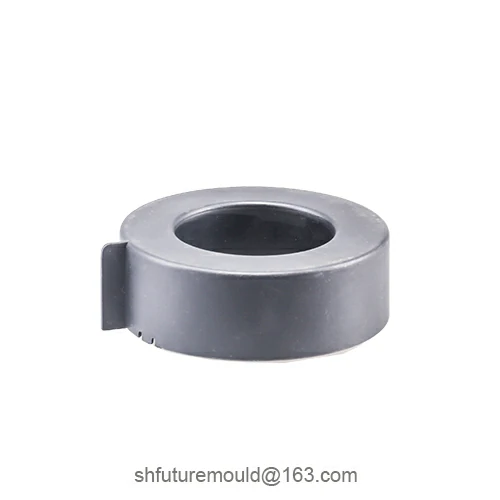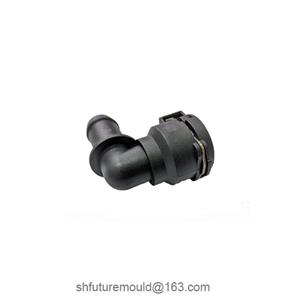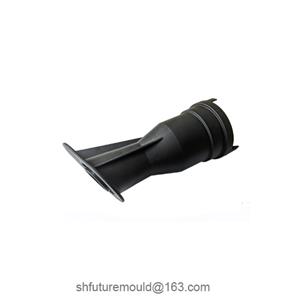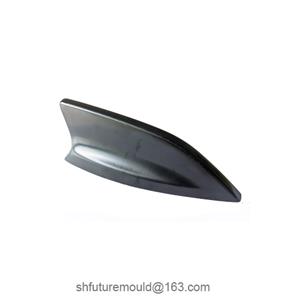Design of Ejection Mechanisms for Injection Molds
During the injection molding process, after the molten plastic is injected into the mold cavity under high pressure and solidified, the cooled product must be separated from the mold using an ejection mechanism. The primary goal of ejection mechanism design is to ensure that the product is safely and completely ejected from the mold surface with minimal force and uniform stress distribution once it has fully cooled or achieved sufficient strength.
Common Types of Ejection Mechanisms and Their Applications
Depending on product geometry and process requirements, the following ejection mechanisms are widely used:
1. Ejector Pin Ejection
The most traditional and commonly used method. Ejector pins push the product directly from the rear or side plates of the mold, which is suitable for most standard injection-molded parts. Design considerations include pin diameter, length, spacing, and thrust distribution.
2. Lateral Ejection Mechanism
For products with undercuts or side features, simple vertical ejection may be insufficient. Lateral ejection mechanisms push the product from the side to ensure geometric accuracy.
3. Spring-Assisted Ejection
For complex geometries or high-precision products, springs can act as auxiliary components to provide initial separation forces, combined with mechanical forces for complete ejection.
4. Pneumatic/Hydraulic-Assisted Ejection
These systems utilize gas or liquid pressure for ejection, offering rapid response and smooth thrust. They are ideal for large or deformation-prone products but involve higher system complexity and costs.
Design Principles and Key Considerations
When designing injection mold ejection mechanisms, the following principles must be followed:
1. Uniform Stress Distribution and Avoidance of Local Stress Concentration
Ejection forces should be evenly distributed to prevent warpages, scratches, or fractures caused by localized stress. The layout and quantity of ejector pins must ensure balanced support across all product regions.
2. Ensuring Product Quality and Mold Longevity
Ejector pins and components are prone to wear during repeated cycles. Material selection, heat treatment, and surface coatings must meet high standards for durability. Proper pin arrangement also minimizes impact on mold surfaces, extending mold life.
3. Accurate Ejection Force Calculation
The minimum required ejection force should be determined through calculations and testing during the design phase, with a safety margin included. Excessive force risks damaging the mold or product, while insufficient force may cause sticking or deformation.
4. Ease of Maintenance and Adjustment
Ejection mechanisms should prioritize simple structures, easy disassembly, and adjustability for efficient maintenance and production optimization. Modular designs further enable rapid mold conversion for different products.




